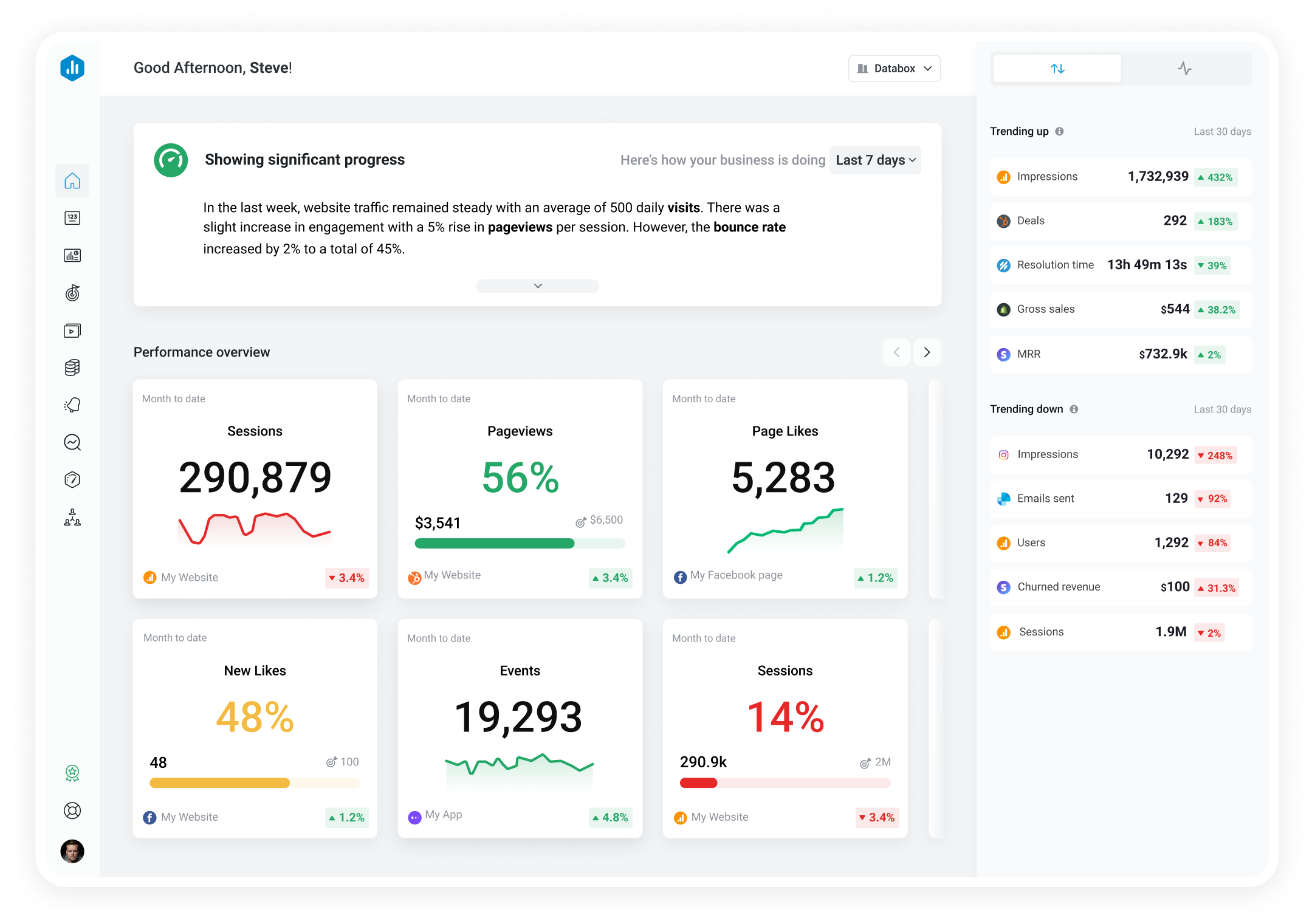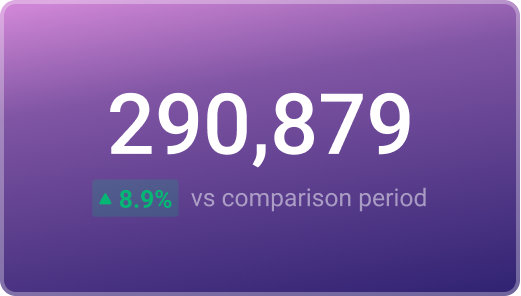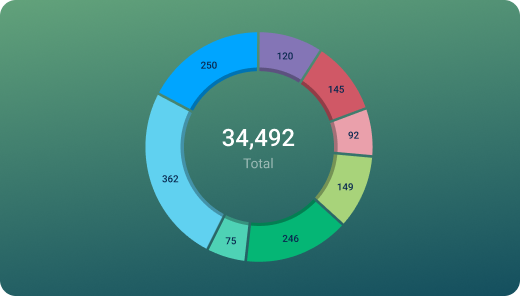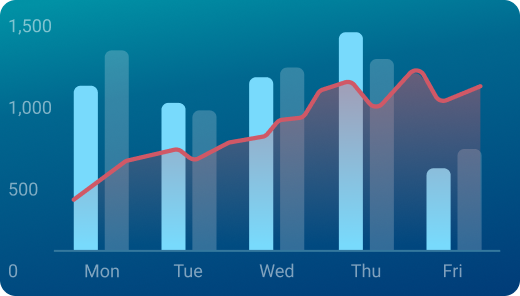Track all of your key business metrics from one screen
GET STARTED
 Shopify
Discounts
Shopify
Discounts Discounts metric shows the total amount of discounts offered by the store to customers over a given period of time. It helps in analyzing the effectiveness of promotional activities and their impact on the store's revenue.
With Databox you can track all your metrics from various data sources in one place.
The Discounts metric tracks and quantifies the overall value of discounts that a business provided to customers during a specific timeframe.
This metric can help businesses understand the efficiency of promotional activities and their impact on overall revenue.
These discounts can be in the form of markdowns, promotional codes, free shipping, gift cards, loyalty rewards, bundle deals, or any other incentive that reduces the standard purchase price.
To calculate the discounts metric, you basically need to sum up the monetary value of each discount you ran in the specific time period.
The formula is simple:
Discounts Metric = Value of all discounts offered
Suppose an ecommerce store offered the following discounts during a particular month:
To calculate discounts for the given period, simply add up the value of all the discounts:
Discounts Metric = $500 (smartphone discount) + $300 (laptop discount) + $100 (headphone discount) + $50 (free shipping) = $950
Using the formula, we see that the discount value for the specified month is $950 for the ecommerce store.
Discounts are one of the best tools for attracting new customers, boosting sales, and fostering long-term customer loyalty – and this isn’t anything new.
However, simply offering discounts without a thoughtful approach won’t get you far.
To really leverage the power of discounts, you need well-crafted strategies that will push customers over the purchasing edge and make your offers almost impossible to ignore.
Here are a few interesting strategies you can try out:
More resources to help you improve:

Used to show a simple Metric or to draw attention to one key number.

Used to illustrate numerical proportions through the size of the slices.

Used to show comparisons between values.
Databox is a business analytics software that allows you to track and visualize your most important metrics from any data source in one centralized platform.
To track Discounts using Databox, follow these steps:
 Goals
Goals Scorecards
Scorecards Metric Digest
Metric Digest Metric Builder
Metric Builder Data Calculations
Data Calculations Performance Screen
Performance ScreenElevate your Shopify store with Databox's E-commerce Sales Performance template. Gain insights on Total Sales, Orders, Gross/Net Sales, and Average Order Value empower data-driven decisions, fostering growth and maximizing revenue.

Use this Shopify report to share important ecommerce performance metrics around orders, sales, products, customers, and more.

One of the best ways to measure discount success is by evaluating KPIs such as conversion rate, average order value (AOV), and overall profitability. These metrics help determine whether (and how much) the discounts have been effective.
The two main types of discounts are:
The most effective type of discount for your business will depend on your specific goals, business model, industry, and target audience. It usually takes a while of testing and refining until you find just the right approach.
Percentage-based discounts are generally more effective for promoting higher-priced items or encouraging larger purchases, while fixed-amount discounts tend to be more useful for lower-priced items.
A combination of both discount types in a well-planned and targeted approach is usually the most effective.
